When choosing the perfect fabric you get confused between chino and twill. Both fabrics have their unique characteristics, and understanding these differences can help you make an informed decision. In this article, we'll dive into the nuances of chino and twill fabric.
Table Of Contents
Difference Between Chino and Twill Fabric
|
Feature |
Chino Fabric |
Twill Fabric |
|
Fabric Composition |
Typically 100% cotton fabric or cotton blends. |
Can be made from cotton, wool, polyester, or blends. |
|
Weave Type |
Twill weave (diagonal ribs), tighter weave |
Twill weave (diagonal ribs), more varied textures |
|
Weight |
Lighter, typically around 6-8 oz/yd². |
Heavier, can range from 7-16 oz/yd² (e.g., denim). |
|
Thickness |
Thin to medium thickness. |
Medium to heavy thickness |
|
Durability |
Durable, but less so than twill. |
Highly durable, and resistant to wear and tear. |
|
Texture |
Smooth, with a slight sheen. |
Textured, with pronounced diagonal ribs. |
|
Wrinkle Resistance |
Moderate. |
High, less prone to wrinkles. |
|
Shrinkage Rate |
Low to moderate. |
Low |
|
Color Fastness |
Good, especially with cotton blends. |
Excellent, especially with synthetic blends. |
|
Breathability |
High (due to cotton content). |
Moderate to low, depending on fiber content. |
|
Common Uses |
Pants, shorts, skirts, blazers. |
Jeans, jackets, workwear, upholstery. |
|
Comfort in Warm Weather |
High (lightweight and breathable). |
Moderate to low (depends on thickness). |
|
Comfort in Cold Weather |
Moderate. |
High (especially with wool or thicker variants). |
|
Maintenance/Care |
Easy to care for, machine washable. |
Easy to care for, machine washable, less iron. |
|
Average Cost |
Mid-range ($30-$70 for chino pants). |
Varies widely ($20-$150+, depends on fabric type). |
|
Typical Garment Lifespan |
2-3 years with regular wear. |
3-5+ years with regular wear. |
|
Environmental Impact |
Varies (cotton-based chinos have a higher impact). |
Varies (synthetics in twill can reduce biodegradability). |
Let’s know the details of both fabrics.
What is Chino Fabric?
Chino fabric is a cotton or cotton-blend fabric that is characterized by its twill weave. It also creates a subtle diagonal pattern. Originally it was developed for military uniforms in the mid-19th century. It was designed to be durable, comfortable, and easy to move in.
The term "chino" comes from the Spanish word for "Chinese,". It reflects the fabric's origins in China where it was first manufactured. Over time, chino fabric became popular for civilian clothing, especially for casual and semi-formal wear.
Characteristics of Chino Fabric
Chino fabric is typically made from 100% cotton, although blends with synthetic fibers. Such as polyester are also common. The fabric is known for its tight weave, which gives it a smooth, clean finish.
Chino is usually lighter in weight compared to other cotton fabrics. It is ideal for warmer weather. Its distinctive twill weave is diagonal, which is what gives chino its durability and slight sheen.
Application of Chino Fabric
Chino is most commonly applied in the production of pants. However, it's also used for shorts, skirts, blazers, and even dresses. The fabric's versatility and stylish appearance make it a go-to choice for both casual and smart-casual attire.
What is Twill Fabric?
Twill fabric is one of the oldest types of woven textiles. It has a history that spans centuries and crosses cultures. The term "twill" doesn't refer to a specific material but rather to the diagonal weave pattern used to create the fabric. This weave is characterized by diagonal ribs. A diagonal rib is created by passing the weft thread over one or more warp threads.
Characteristics of Twill Fabric
Twill is renowned for its durability and resistance to wear and tear. The diagonal weave gives it a textured surface and a distinctive appearance. Twill fabric is often heavier and thicker than other woven fabrics. It makes it ideal for items that require a bit more structure and strength. Twill is also less prone to wrinkles. It adds to its appeal in both clothing and home textiles.
Application of Twill Fabric
Twill Fabric has a wide range of products. Denim, for example, is a type of twill fabric and is perhaps the most well-known. In addition to jeans, twill is used for jackets, trousers, upholstery, and even curtains. Its durability makes it an excellent choice for items that need to withstand frequent use.
Chino vs Twill: Ultimate Key Differences
Fabric Composition and Weight
One of the key differences between chino and twill is their composition and weight.
Chino is typically lighter, and made from 100% cotton or cotton blends. It has a finer weave. Twill, on the other hand, can be made from various fibers, including cotton, wool, polyester, and more. It's generally heavier, with a more pronounced texture due to its diagonal weave.
Appearance and Feel
When it comes to appearance, chino fabric has a smooth, clean look with a slight sheen. It makes ideal for more polished, tailored garments.
Twill fabric depending on the material and weave, can have a more rugged, textured look. That is why it's often used in more casual or workwear garments like jeans and jackets. In terms of feel, chino is softer and lighter, while twill is sturdier and thicker.
Durability and Maintenance
Both chino and twill fabrics are known for their durability. But Twill tends to have the upper hand in this category. The thicker, more tightly woven structure of twill makes it more resistant to wear and tear.
Chino, while durable, is generally more suitable for less strenuous wear. When it comes to maintenance, both fabrics are relatively easy to care for, although twill's resistance to wrinkles and stains gives it a slight advantage.
Conclusion
Choosing between chino and twill fabric comes down to understanding the differences in fabric composition, appearance, and intended use.
Chino fabric, with its smooth finish and lighter weight. It is perfect for more polished, business-casual attire. Twill fabric, with its rugged texture and durability. Which is ideal for casual wear, workwear, and items that need to stand the test of time.





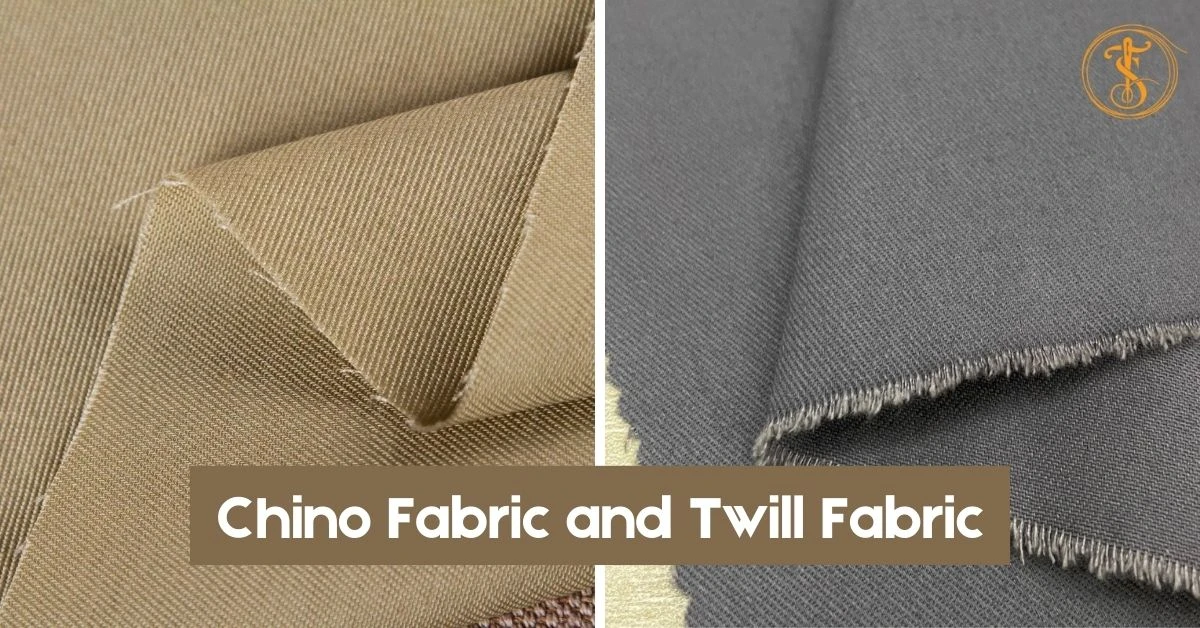
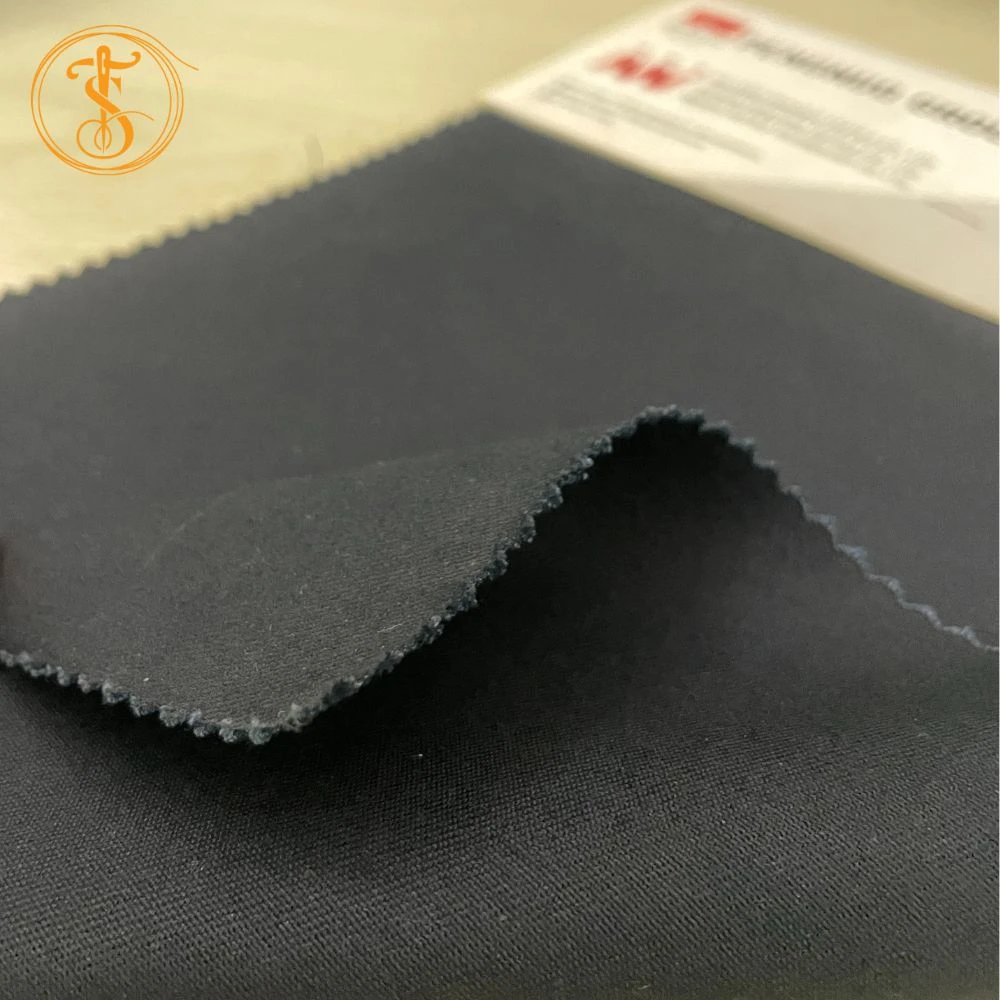
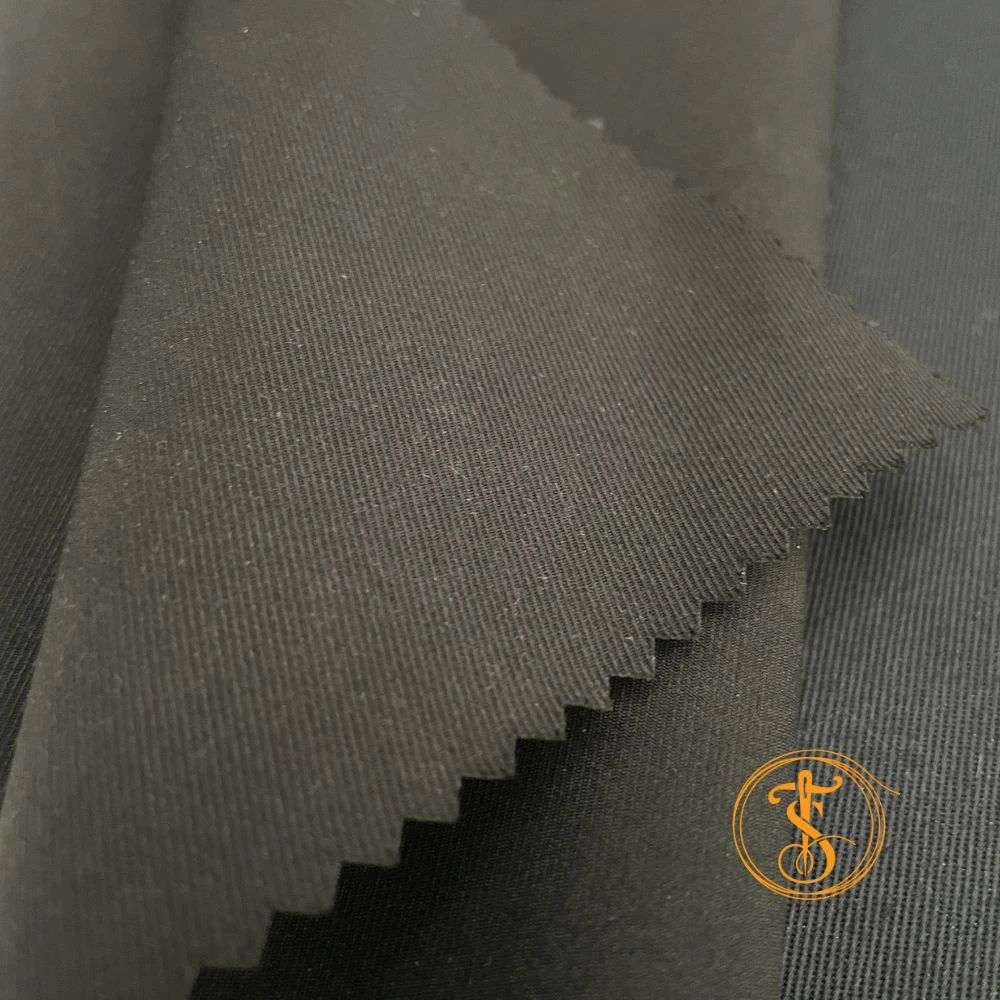
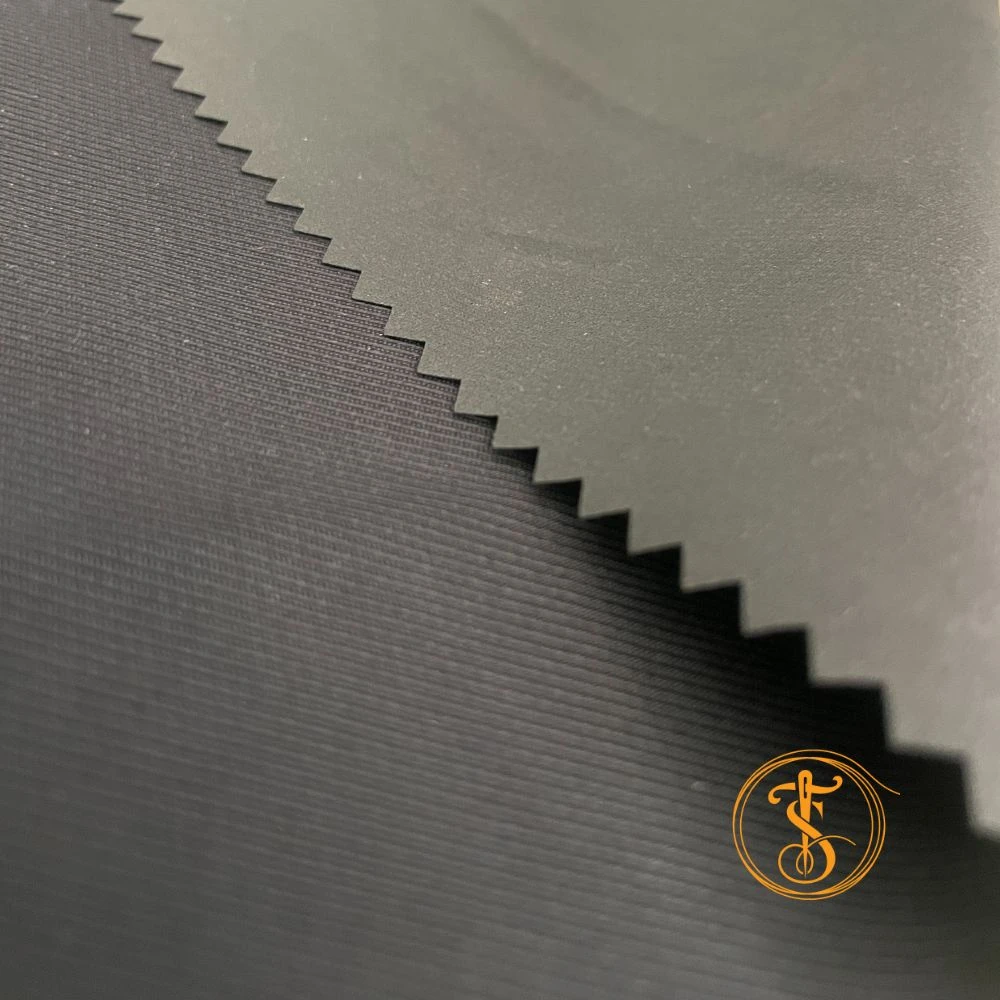
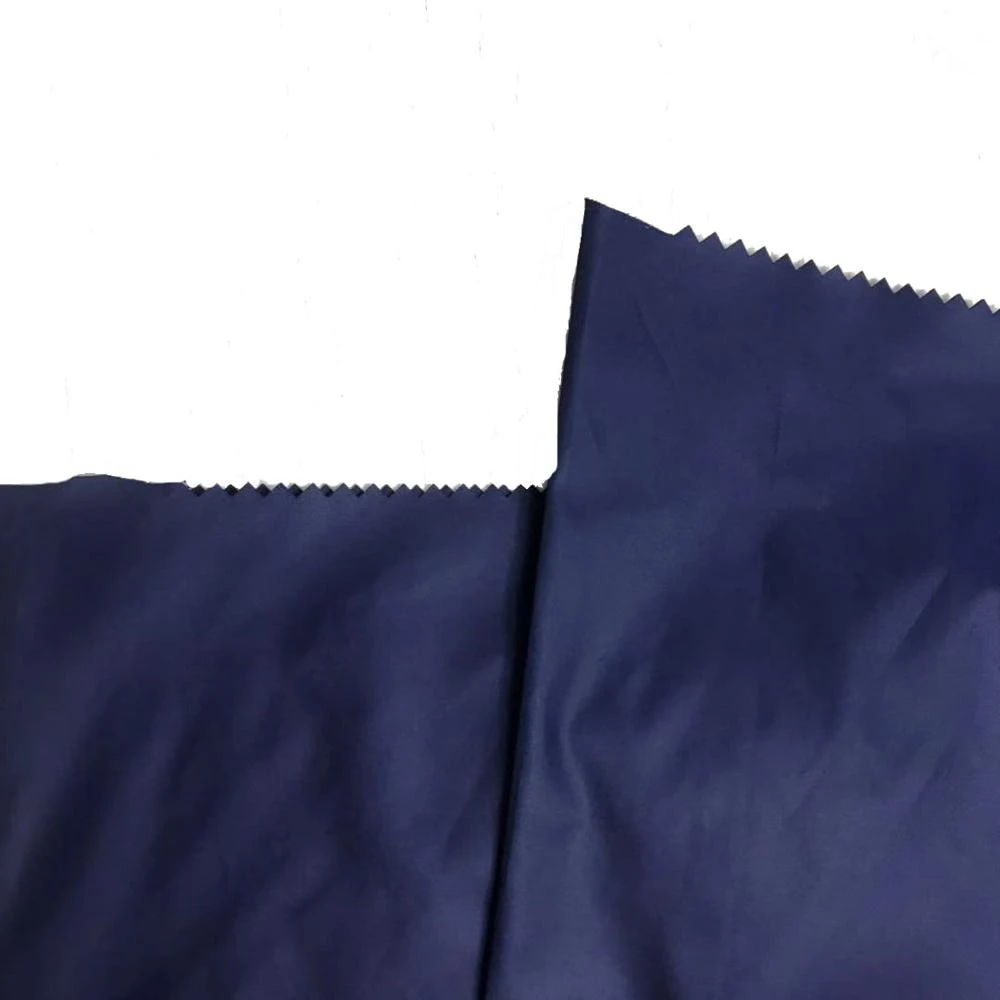
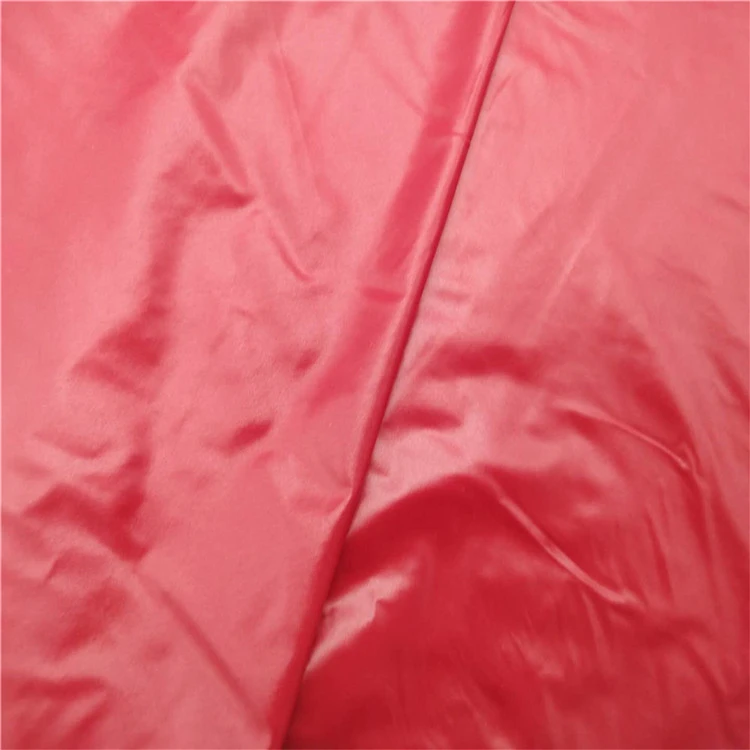
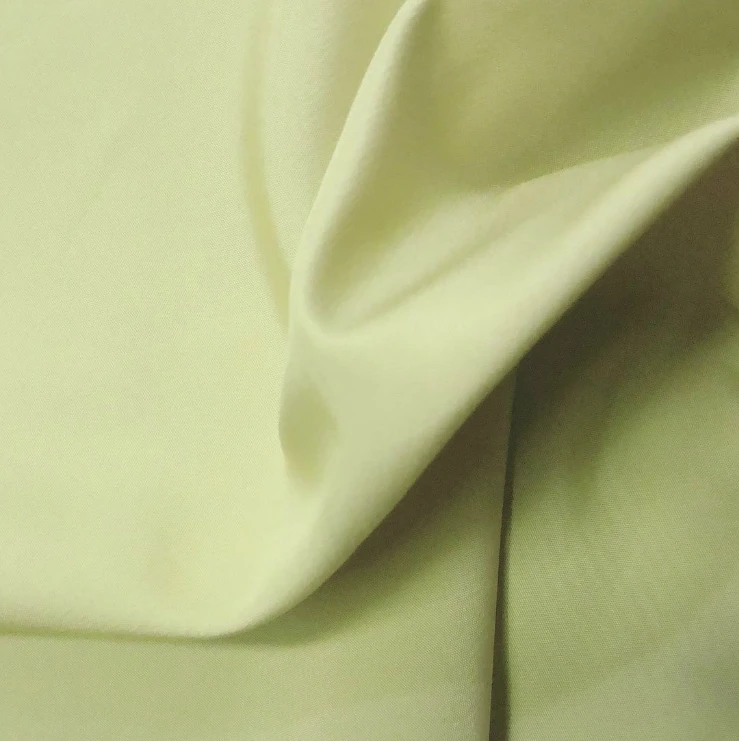
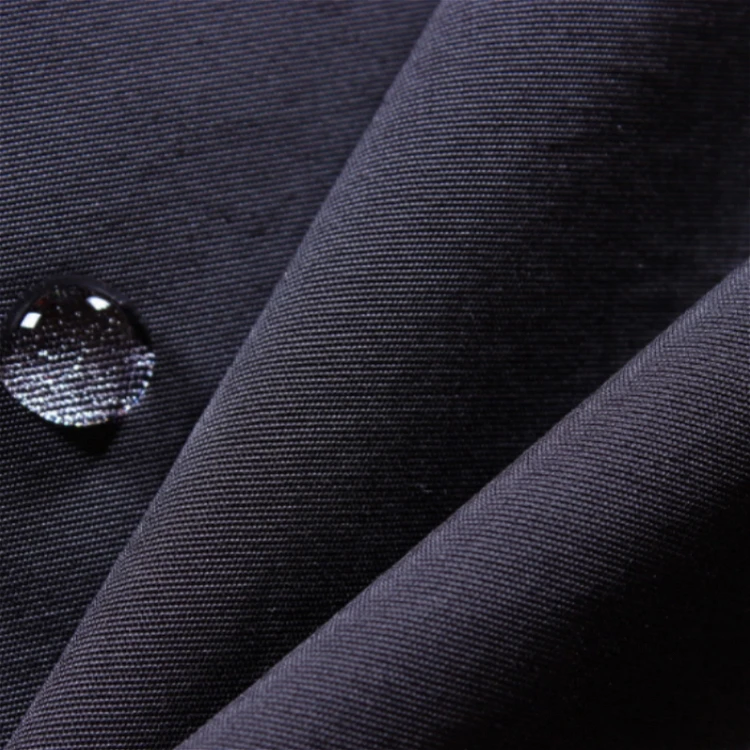
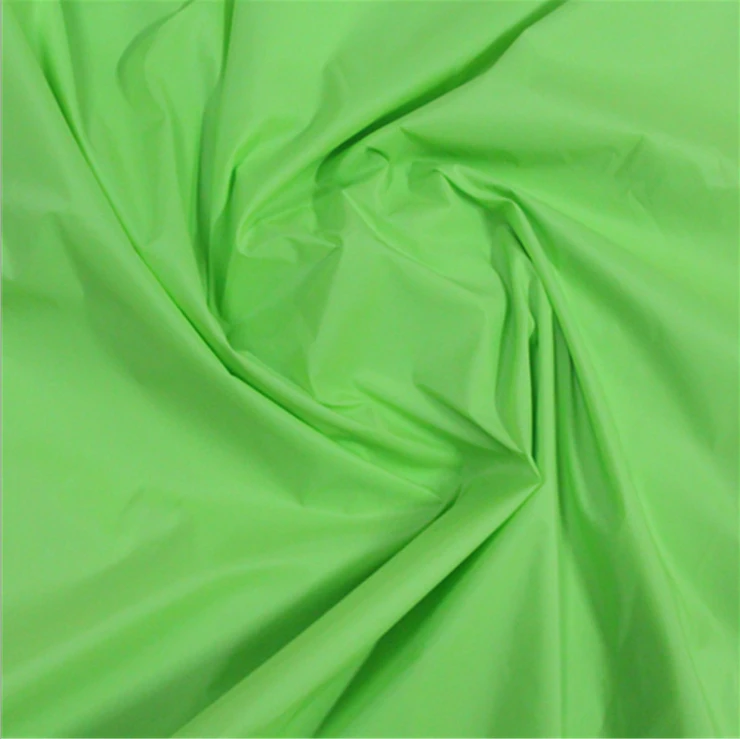





Comments - 00
Leave A Reply
Thanks for choosing to leave a comment.